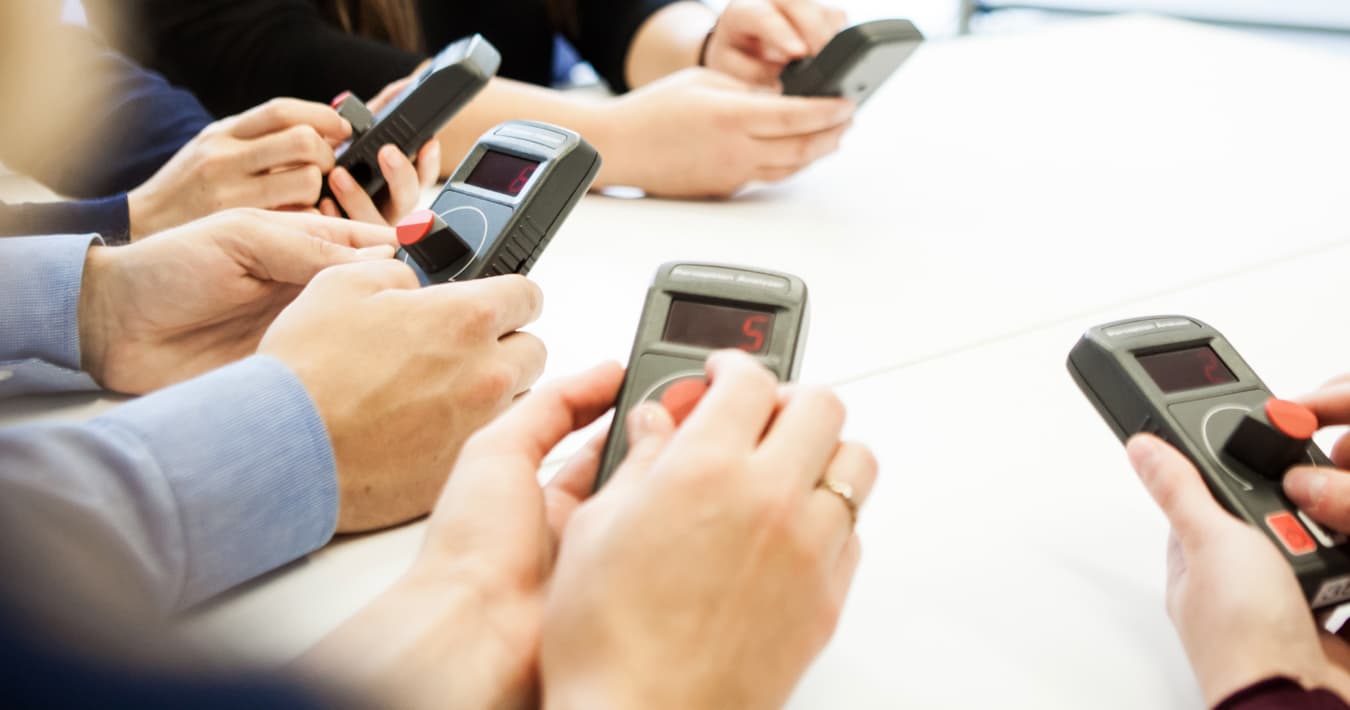Glance-Based Legibility

The MIT AgeLab, in collaboration with Monotype Imaging Inc., are exploring the impact of selected typefaces and typographical characteristics (color, display conditions etc.) in glance-based environments, situations where the reader captures information in short bursts of attention, on legibility.
Typographic design principles, and their application to graphic and interface design, have traditionally been guided by a long accumulation of best practices, tradesman's knowledge, and “designer's intuition”. Although legibility research has been conducted for over a century, the gap between scientific research and design practices was rarely bridged. As mobile devices place more text in front of more eyes in more places, it will be necessary to develop empirically validated knowledge of how basic typographic and design principles impact legibility.
The foundations of typography on which those communications are built are largely carry overs from an era in which longer periods of time were devoted to reading (so-called “embedded reading”), well before the advent of modern digital displays. Today, we might scan the newspaper; look at a medication bottle; read email from friends, colleagues, advertisers, or even a financial advisor; glance at a sign; or search for the fastest route to the airport, all within the first hour of the day. We might take in that information on paper, a computer screen, a tablet, a smartphone, the telematics system of a car, or all of these. As mobile computing has become increasingly prominent in our daily lives, not only are we reading more than ever, but we are also reading in new ways as we multi-task through life. The addition of complex infotainment systems to vehicles and the rise of the smartphone encourage us to read almost constantly and in quick, multitasked glances, as we drive, walk through the office, or relax on the couch watching TV. Typographers, designers, and interface engineers are only just beginning to address the technological challenges and psychological implications of a fast-paced lifestyle that has fundamentally altered how we perceive and process information.
AgeLab studies have used computers and the Miss Daisy driving simulator to examine the effects of age, typeface and font, color and contrast, character size, weight, case (upper and lower), distance, screen quality, size of a group of words, and illumination on reading at a glance in English and Chinese.
Publications
Sawyer, B. D., Dobres, J., Chahine, N., & Reimer, B. (2020). The great typography bake-off: comparing legibility at-a-glance. Ergonomics, 63(4), 391-398.
Dobres, J., Wolfe, B., Chahine, N., & Reimer, B. (2018). The effects of visual crowding, text size, and positional uncertainty on text legibility at a glance. Applied ergonomics, 70, 240-246.
Take the Next Step
Make innovation possible - Learn how you can contribute to AgeLab research.